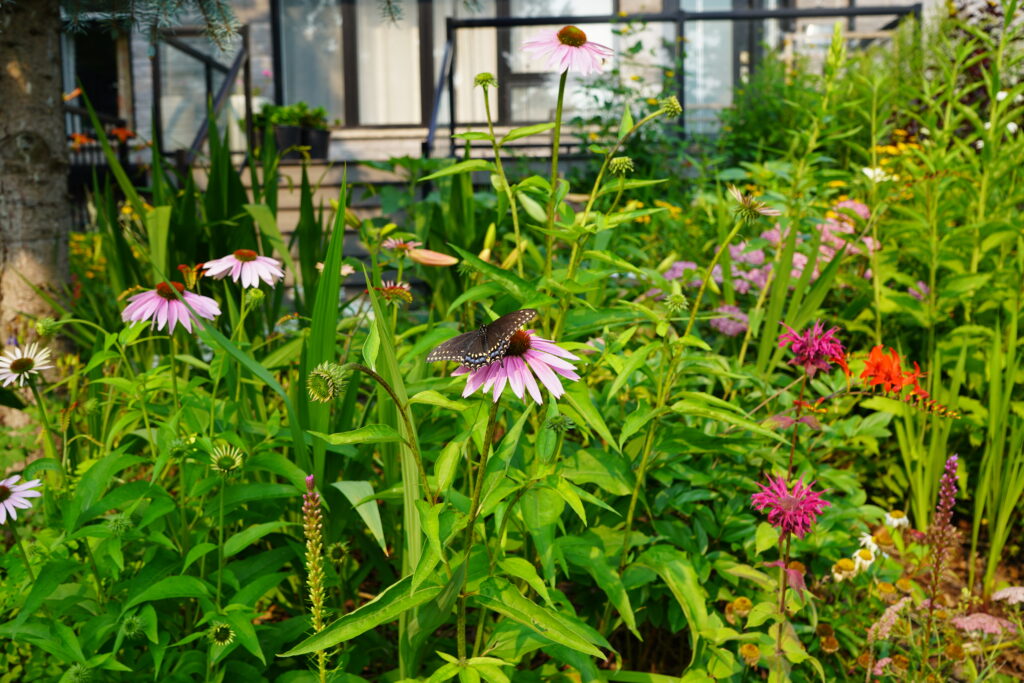
Applications are now open for the city’s PollinateTO grant.
The grant, which is a part of Toronto’s Pollination Protection Strategy, will offer up to $5,000 for community-led projects to create, expand and enhance pollinator gardens.
Dorte Windmuller’s eyes glistened as she spoke about her plans to apply for the grant. Windmuller, founder of the Cliffcrest Butterflyway, hopes the grant will prove helpful for her community’s upcoming project.
She has friends who’ve received the grant in the past.
“The PollinateTO grant is really great for organizations that, you know, rely on external funds to get things done. And it is also great for the city, as they do not have the manpower to do all that work,” she said.
“You outsource the work into the community,” Windmuller said, “and the community has fun doing it.”
The initial work for the city’s Pollinator Protection Strategy began in 2016. In consultation with experts, an action plan was created to support the city’s pollinator population. City council adopted the strategy in 2018, and in 2019, the PollinateTO grants program was launched.
Since its inception, the city says the program has supported over 190 community-led projects and helped create 500 pollinator gardens.
The city lies on the Carolinian Life Zone, a fragile eco-region that stretches from Toronto to Windsor. This makes the city and the surrounding regions a hotspot for diversity, which includes endangered pollinator species like the Monarch butterfly.
“In terms of pollinators, the city of Toronto has over 200 species of native bees,” said Sheila Colla of the York University’s Colla Conservation Science Lab.
“A lot of people know about the European honey bee,” she said, “but we also have bumblebees and sweat bees and leaf cutter bees and all sorts of other types of bees.”
The city’s butterfly and bee populations, as well as other pollinating insect populations, have been on a decline due to habitat loss, the use of pesticides and rapid urbanization, according to the David Suzuki Foundation.
“By planting a lot of diverse native plants, we are supporting a whole bunch of different bees and other animals,” Colla said. “The city giving us the resources to do that is really helpful, and hopefully we build more and more small patches of habitat.”
The grant also aims to provide training and technical support for the creation of pollinator habitats. According to the city, successful applicants should aim to promote best practices for habitat creation and pollinator education.
“The city is a little bit of a safe haven (for pollinators). So it is really a great idea to make the city a place where pollinators can thrive,” Windmuller said.
“Everything is connected. If you create a pollinator garden you create a habitat for everybody. Not just for anything specific.”
Reporter, On The Record, Fall 2024

